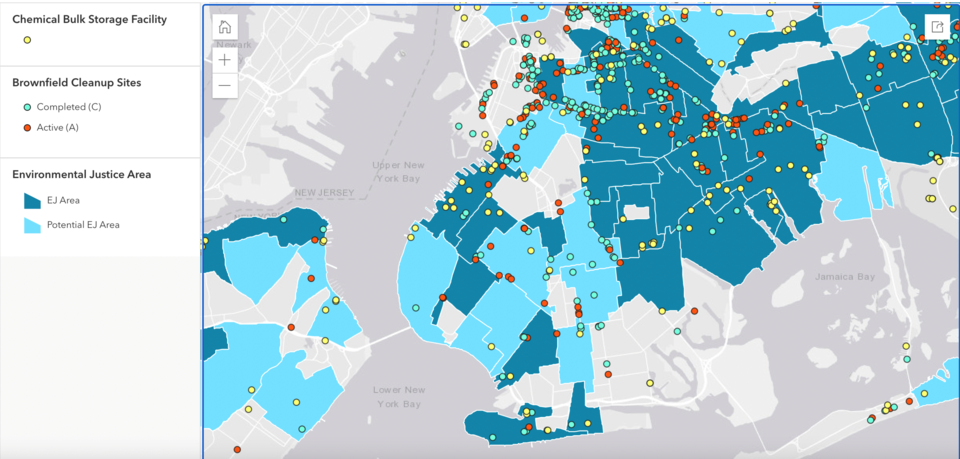To foster transparency regarding environmental issues, New York City Comptroller Brad Lander has created the NYC Climate Dashboard, which, as of last week, now includes three new interactive maps showing air, water and land quality.
The maps show a variety of environmental factors that impact air, water and land quality across all five boroughs, measuring contaminants such as fine particulate matter in the air, residual chlorine in drinking water and the presence of chemical contaminants in the land. Users can toggle around the map to see the environmental issues affecting their neighborhood, street and even their own home.
“Our skies may be clear again, but air quality remains a critical health concern for many New Yorkers," said Lander during the June 27 announcement, referencing the wildfire smoke that filled the sky four weeks ago.
"The maps we added to the dashboard today show that the hazards of polluted air, water and land are not equally distributed: Low-income communities of color already experience greater health and safety impacts of environmental injustice.”
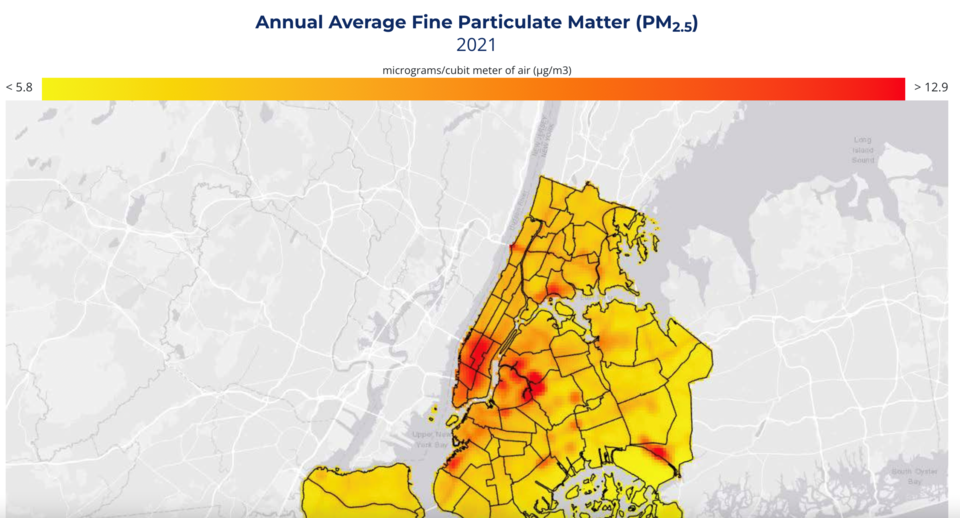
The maps also include an overlay of designated 'environmental justice communities' in dark blue to identify how climate indicators impact low-income communities of color.
The land quality map indicates that active brownfield cleanup sites — defined as any real property which may be complicated by the presence or potential presence of a hazardous substance, pollutant or contaminant — are more concentrated in eastern Brooklyn than in other, wealthier parts of the borough. Ocean Hill and East New York contain 10 and 17 active brownfield cleanup sites, respectively. Conversely, Brooklyn Heights has no active brownfield cleanup sites, and Cobble Hill has two and Williamsburg has four.
In light of this information, BK Reader went to Prospect Park to survey Brooklyn residents to examine how environmental issues are affecting their daily lives.
Here's what they had to say:
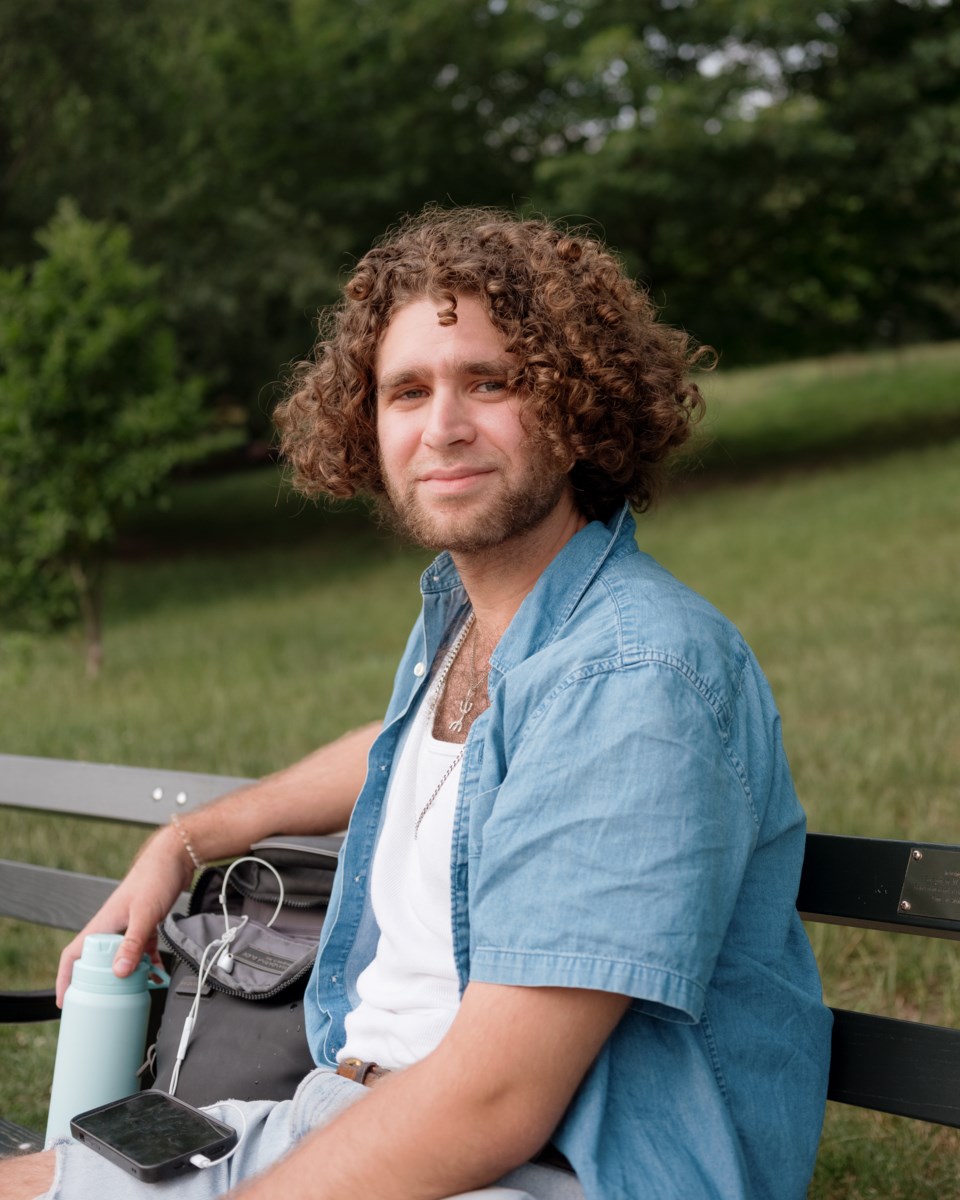
Zack Chaqor says, "[The air quality is] definitely a pretty present problem right now. With climate change, we are going to see it more coming from places like Canada, and other places with large amounts of forests. As it gets hotter and drier, there will probably be more forest fires. It’s definitely a problem. I also think that climate change is a bigger issue than a local issue. There’s only so much you can do at the city government level, and that change has to come nationally and internationally. Definitely, I feel like we’re going in the wrong direction with that, and legislating for the ecological future.”
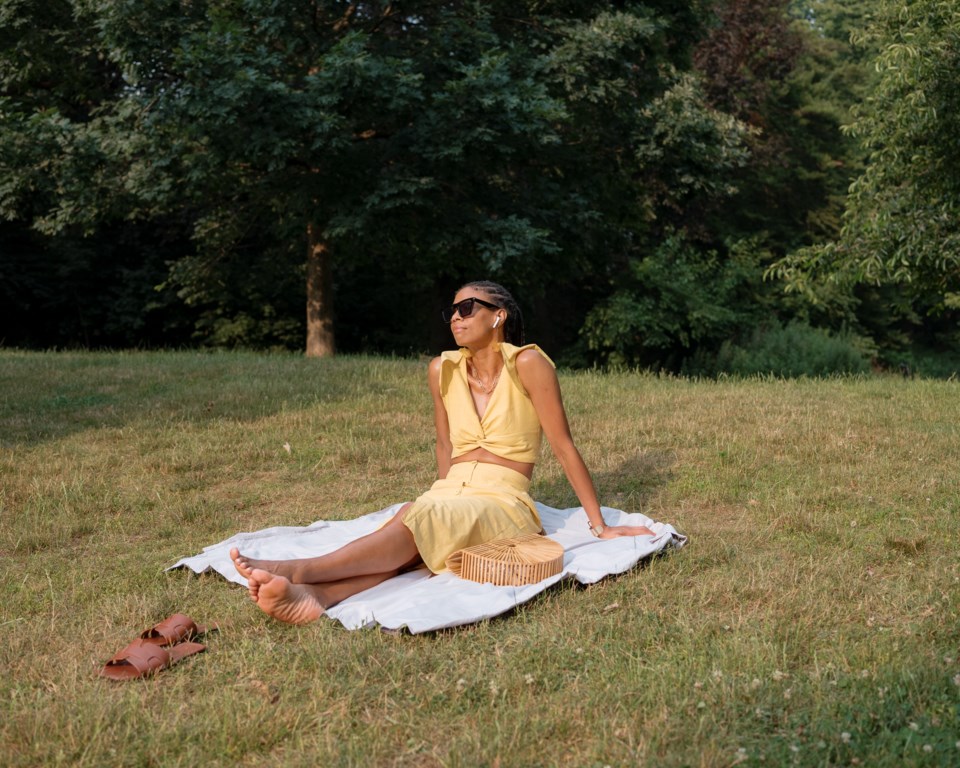
Elizabeth Rogers says, “I don’t think there’s anything going on that’s different than what’s been going on. I think a lot of things have been brought to the conscious forefront recently. This has been going on for a long time, and I think these changes are just more evident for more people who weren’t paying attention. Regarding what I would want the city government to do, I think the change has to start with the individuals that are in office. There is a lot of omission from what is actually going on. If you talk to certain politicians, they are about the wrong things at this point. We’re not going with what’s for the people; we’re going with what fills our pockets and what keeps the economy going.”
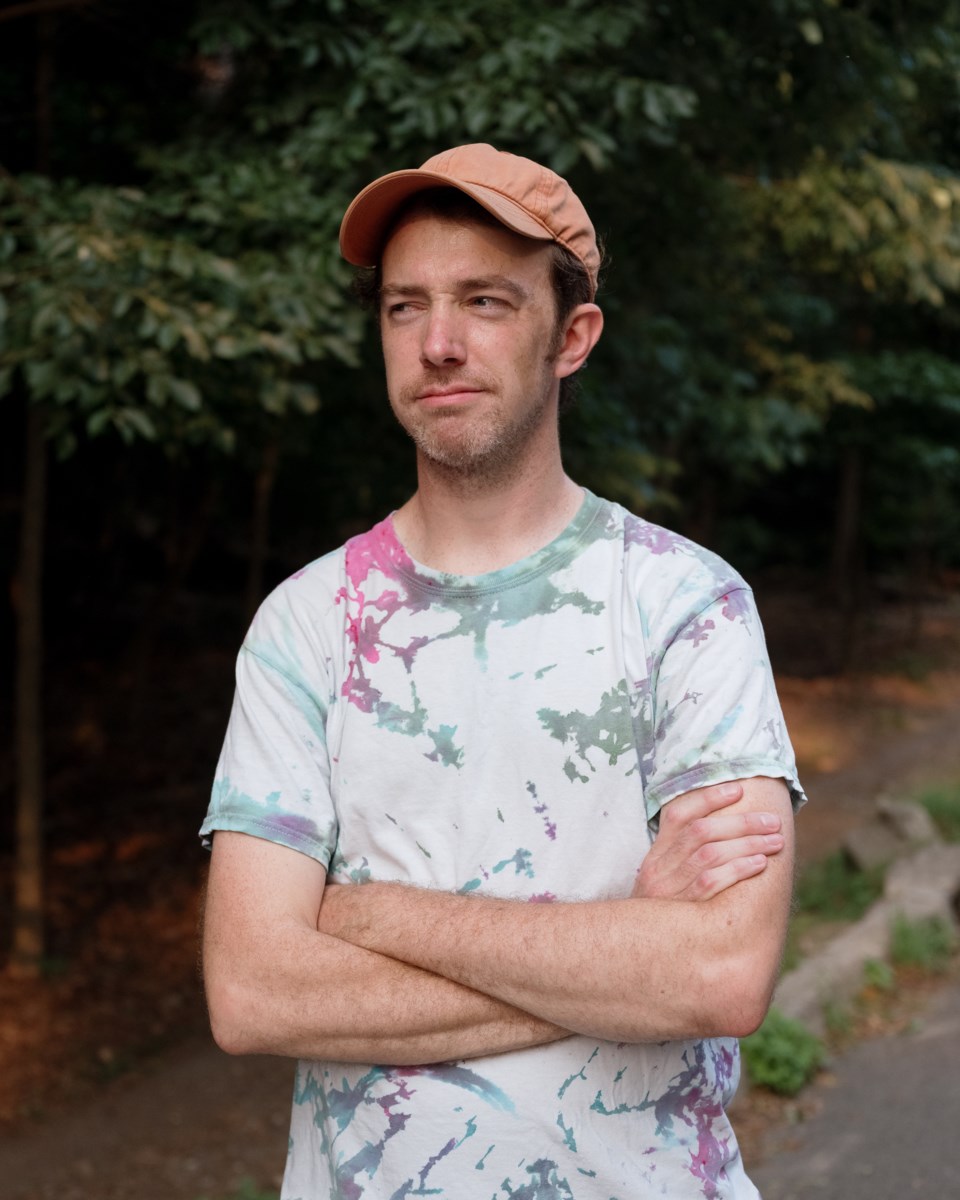
Reese Higgins says, “I think we’re lucky that in so many parts of Brooklyn, there’s so much green space. I don’t know if it’s an illusion, but it gives me the feeling that I’m around some fresh oxygen. It is on my mind, and certainly especially with the Canadian wildfires recently which is so in-your-face. I mean, it is a problem, and it’s kind of an unfortunate fact of living in modern society and just engaging in our way of life. Regarding how we could call on city officials, I would love it if the people in power could help. I guess I don’t know what kind of science or technology could help. I’m sure there’s some regulations that I don’t even have ideas about. I’m sure I am ignorant of the ways the quality of the environment is being destroyed. But I am sure there are regulations like higher taxes for corporations and higher income brackets. It’s such a huge problem.”
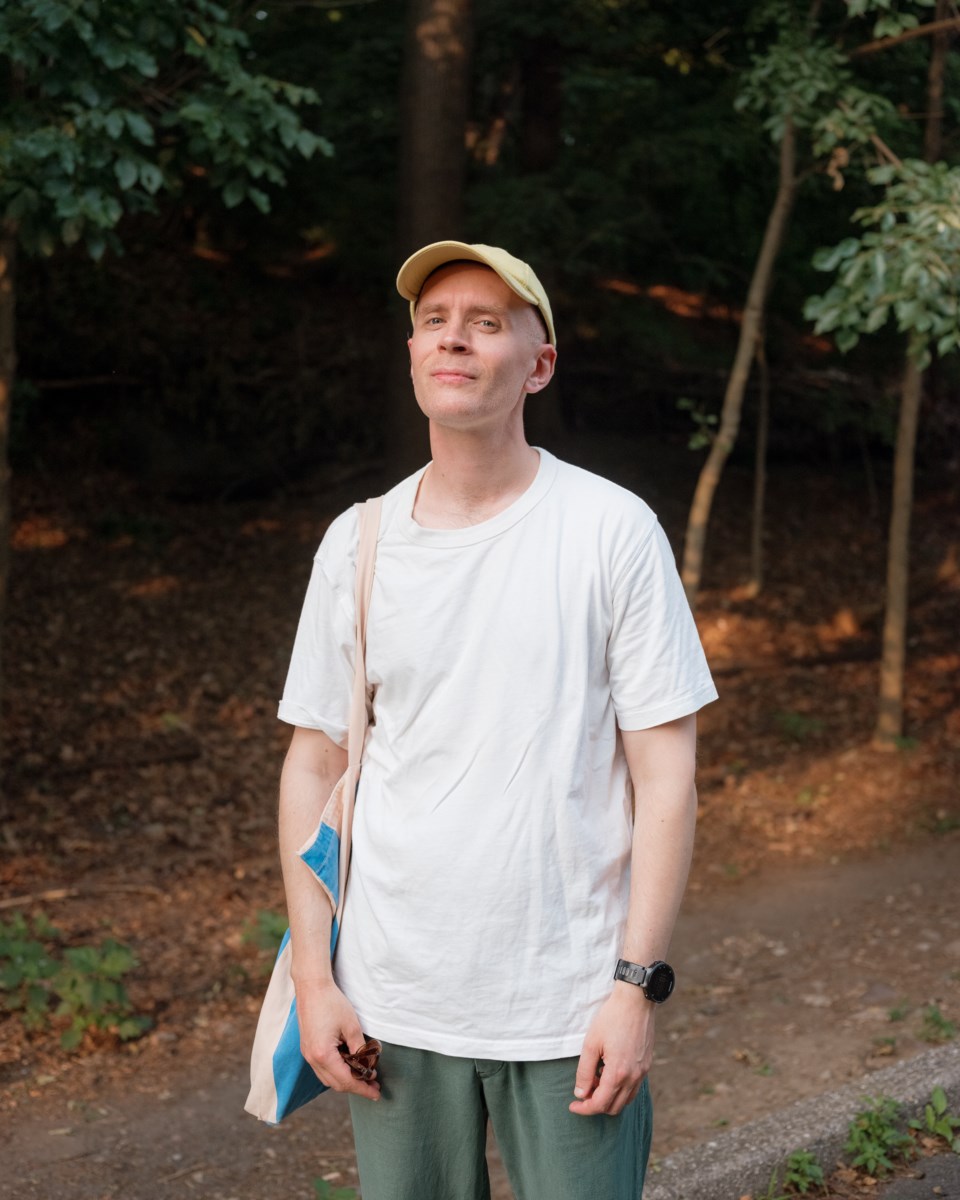
Jens Lekman, a native of Sweden who is staying for an extended trip in Brooklyn, says, “I do feel like there’s a big difference compared to Sweden, where I live. I noticed as soon as I landed that the air quality was different — that my sinuses were a bit irritated.”
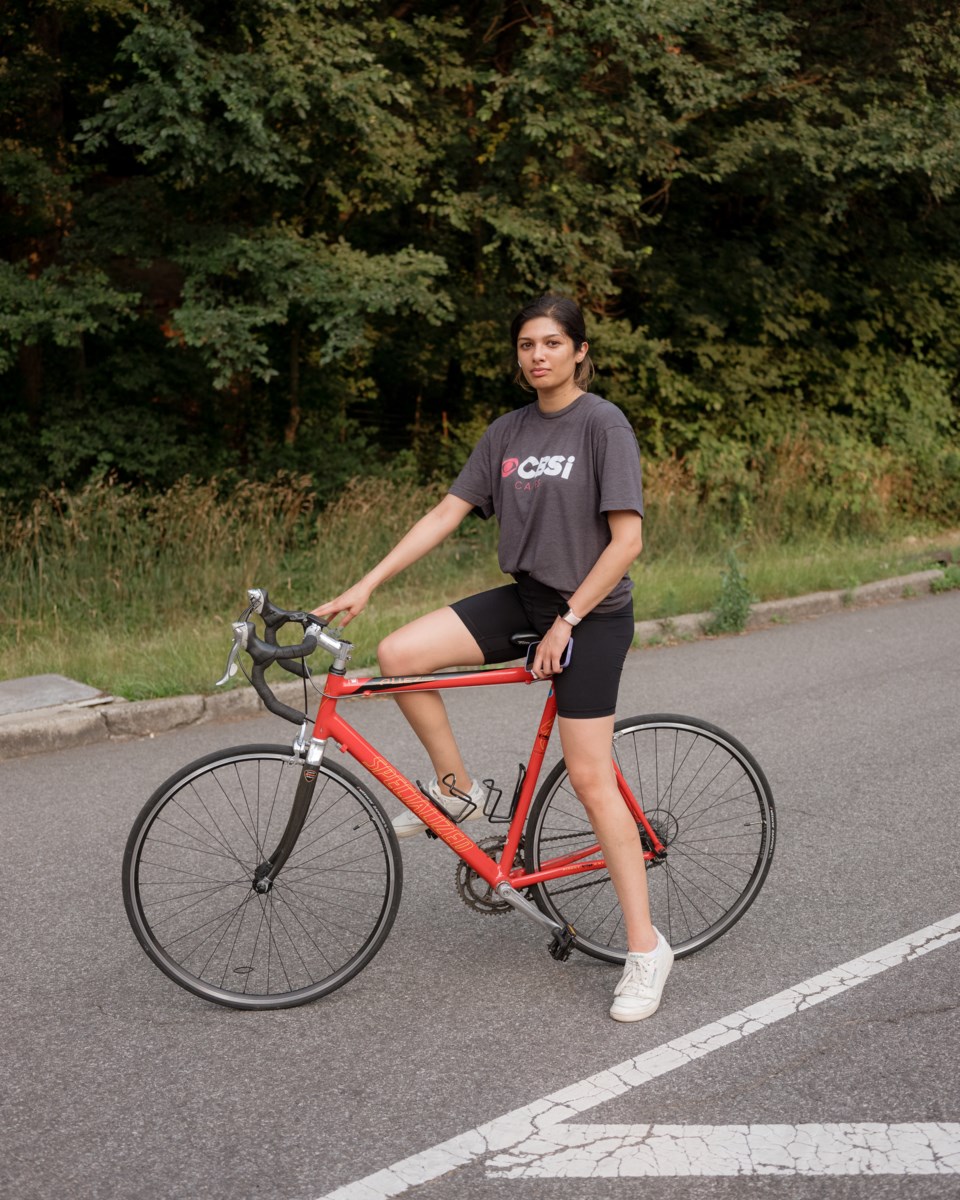
Alysia Thind says, “I’m an avid biker, I love to be active, I love to be outdoors. The air quality has impacted some of my routines because of just the danger of breathing in toxic air. I have to be more mindful when I go outside.”

Jeremy Caulson says, “I know that the recent haze and smoke is temporary because of the wildfires, but I know ultimately that these kinds of things will be more consistent. I know as a coastal city, there’s always a danger of erosion and floods as well. I feel like another part of me is like, 'This is an opportunity to live in the city' as I grew up in the country. I want to take this opportunity to have this experience before things go too far downhill. I would love to see more climate change policies in general — on an individual level, things like recycling and composting and electric scooters and cars are nice to see.”
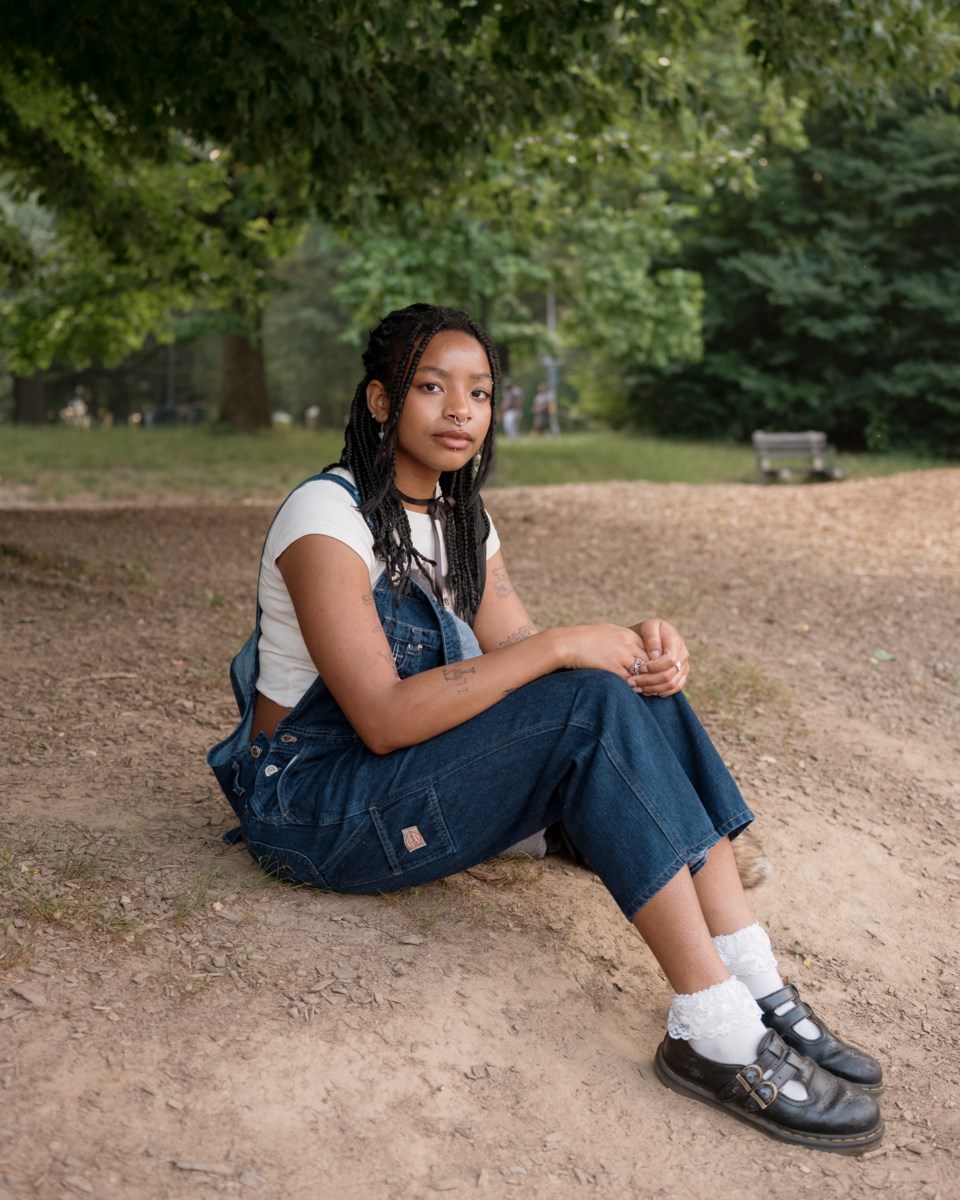
Salen White says, “The wildfires in Canada were kind of bad, and that sucks, but it’s also on top of stuff like pollution from construction and the other [pollution] we’ve always had from cars. It’s definitely harmful to kids and people who are disabled — and also to people like me, who grew up with asthma and had breathing problems. I don’t know how they would go about fixing it, but our climate is in danger for sure. I would love to see changes from city officials, but I don’t know how they would even go about it. From my perspective, it doesn’t seem like they’re doing much. I think a lot of them are focused on the wrong issues.”
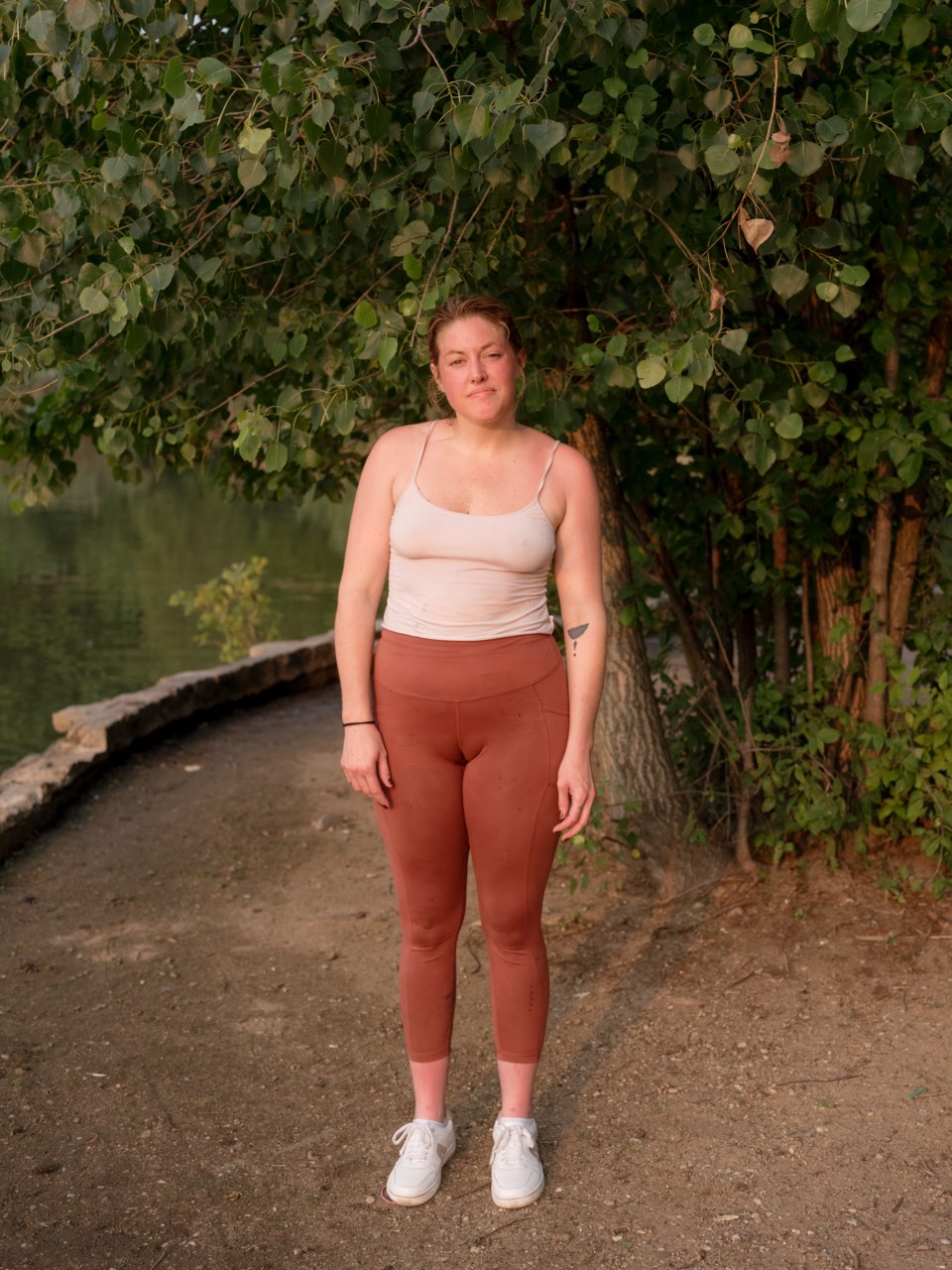
Kim Bates says, “I definitely have felt like the air quality has been terrible lately. Because I cycle everywhere to get around, it definitely affects my day-to-day. It’s hard to say what could be done on a local level about the smoke and fires, but I think we globally need to address the problem. It’s like, we should have addressed these problems yesterday.”
Additional reporting by Kalila Calime.

